Waste management in Myrmica rubra
In the recent article “Waste management by ants: the enhancing role of larvae” published in Animal Behaviour, Hugo Pereira, Margaux Jossart, and Claire Detrain reveal that Myrmica rubra workers adapt their nest-cleaning behaviour to the pathogenicity of waste and the presence of brood. Waste with higher pathogenicity of the fungus Metarhizium brunneum is discarded faster than waster with lower pathogenicity. Interestingly, the presence of brood increased the hygienic response of workers. Here, Hugo Pereira answers some questions and shares some pictures.
An Interview compiled by Alice Laciny, Patrick Krapf, and Lina Pedraza

MNB: Could you tell us a bit about yourself?
HP: My name is Hugo Pereira, I am 28 years old and I come from France. I spent my academic years in Nancy, where I discovered the field of ethology, which I instantly fell in love with. I decided to continue studying it by following a master’s degree in human and animal behaviour at the University of Rennes 1. I was also intrigued by the link between behaviour and brain structures. So I studied neurosciences, behaviour and cognition at the University Paul Sabatier in Toulouse to get a second master’s degree in neurosciences. During an internship, I met Professor Claire Detrain, who is the director of the “Unit of Social Ecology” laboratory in Brussels. For the first time, I studied the behaviour of ants, which fascinated me. Following this internship in 2016, I had the opportunity to apply for a grant that allowed me to do a PhD in this laboratory. I am currently at the very end of my PhD and I am preparing to submit my thesis early next year.
MNB: Could you briefly outline the research you published in layman’s terms?
HP: I study sanitary strategies performed by ants when facing a pathogen. Eusocial insects live in societies composed of hundreds or thousands of individuals. The high density of nestmates that are genetically close and the frequency of contacts in a confined environment are factors that favour the introduction and the outbreak of diseases inside the colony. In recent decades, it has become increasingly evident that eusocial insects, including ants, are well equipped to deal with these health hazards. In addition to their individual immune system, workers have developed strategies to limit the exposure and the proliferation of pathogens inside the nest. These defences are summarized under the term “social immunity”. In this study, we observed the waste management in ant colonies of Myrmica rubra by taking into account two factors: the pathogenicity of the waste items as well as the presence of larvae inside the nest. The pathogen used in the experiment was the parasite-fungus Metarhizium brunneum that can kill ants. We also tested the presence of larvae inside the nest to observe whether the presence of vulnerable individuals would lead to better sanitary control inside the nest.

Entrance of the nest (© Hugo Pereira) 
Ant removing an uncontaminated item outside of the nest (© Hugo Pereira).
MNB: What is the take-home message of your work?
HP: Ant colonies removed infected items outside of the nest faster than uninfected ones. Therefore ant colonies were able to discriminate between infected and non-infected waste items. Moreover, workers in the broodright colonies (i.e containing larvae) reacted more quickly to remove the waste items outside than those in the broodless colonies. These results show that the presence of vulnerable individuals such as larvae enhances the sanitary control expressed by workers inside the nest.
MNB: What was your motivation for this study?
HP: In the laboratory, we have already studied the influence of colonial factors such as the size of the colony on waste management. However, I always wondered how the composition of the group would impact the overall efficiency of the colony. Quickly, I turned my attention to key individuals such as larvae. Indeed, larvae represent the future of the colony, and we know that they receive very special care from the workers. Therefore, I was curious to observe whether the mere presence of larvae would improve the sanitary control of workers inside the nest.
MNB: What was the biggest obstacle you had to overcome in this project?
HP: In this study, we wanted to add a physiological analysis to observe a potential relationship between the sanitary effort expressed by colonies and a global immune marker: the activity of the phenoloxidase enzyme. First, I had to train myself a lot to find a suitable protocol to extract hemolymph from small animals such as ants. Moreover, without the help of the “Structure and Function of Biological Membranes” research unit, we would not have been able to perform these physiological analyses. They gave us access to materials such as a spectrophotometer. I am thankful for their help and goodwill. Without a doubt, these physiological measurements represented the biggest obstacle.
MNB: Do you have any tips for others who are interested in doing related research?
HP: Here, I can give two tips for new PhD students who will be working in the field of social immunity.
I would just advise people to be well-informed, as so many interesting studies have emerged on social immunity, and more broadly on social insect-parasite interactions. The more we learn about these social insects, the more we are fascinated by their abilities! In this area of research, you can study so many aspects: interaction networks, collective and individual behaviours as well as innate immunity, physiology, and genetics.
Moreover, I would strongly encourage PhD students to take time to observe ants apart from their experiments. This advice might sound naive, but I really think that observing your ant colonies with your own eyes helps you a lot, and raises questions that you might try to answer in new experiments. This last piece of advice was given to me by my supervisor at the start of my PhD, and now I couldn’t agree with her more.
MNB: Where do you see the future for this particular field of ant research?
HP: This question is quite difficult to answer. This research field is broad and there are so many possibilities. One of the potential future of this field could be designing experiments closer to natural context. Either by doing experiments in the field, which I admit has numerous inconveniences, or by doing protocols in the laboratory that approximate the realistic sanitary threats faced by colonies.
Moreover, it would be interesting to study social immunity from a multidisciplinary point of view. Multi-scale studies would provide a better understanding of the mechanisms underlying social immunity. For example, this would involve creating bridges between the observed behaviours and physiological or genetic investigations.


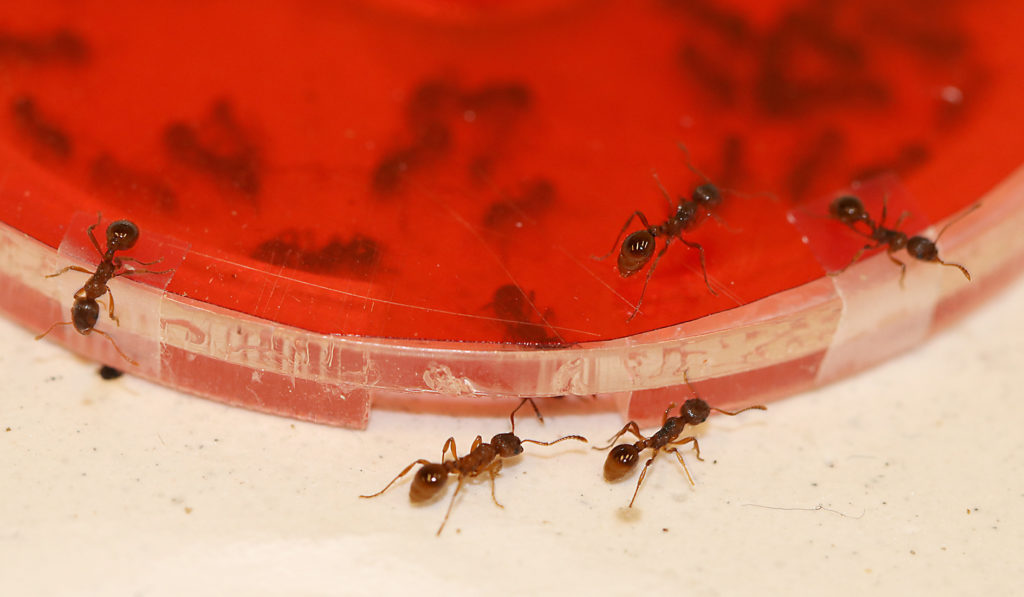
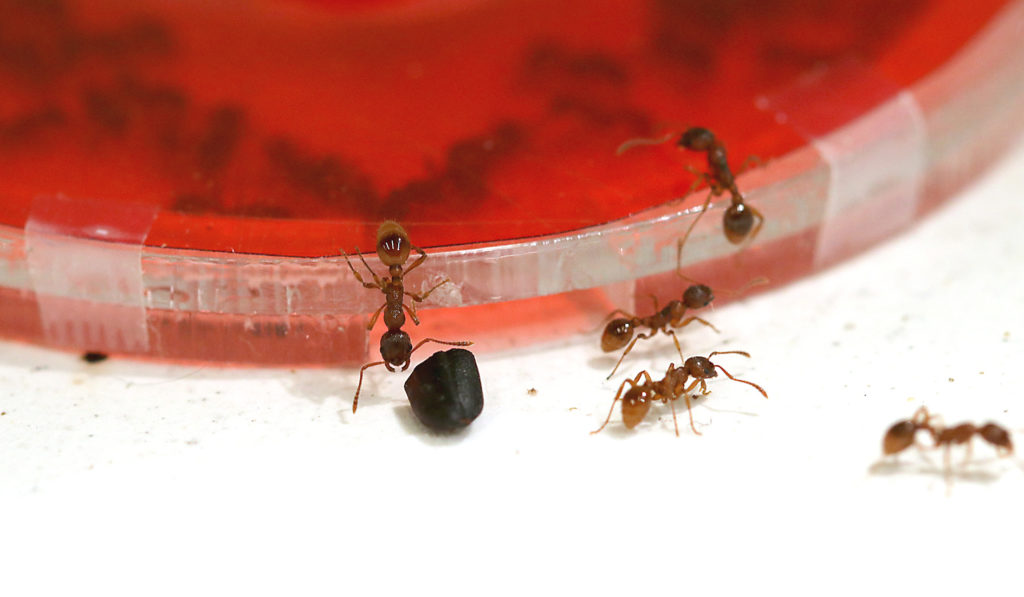


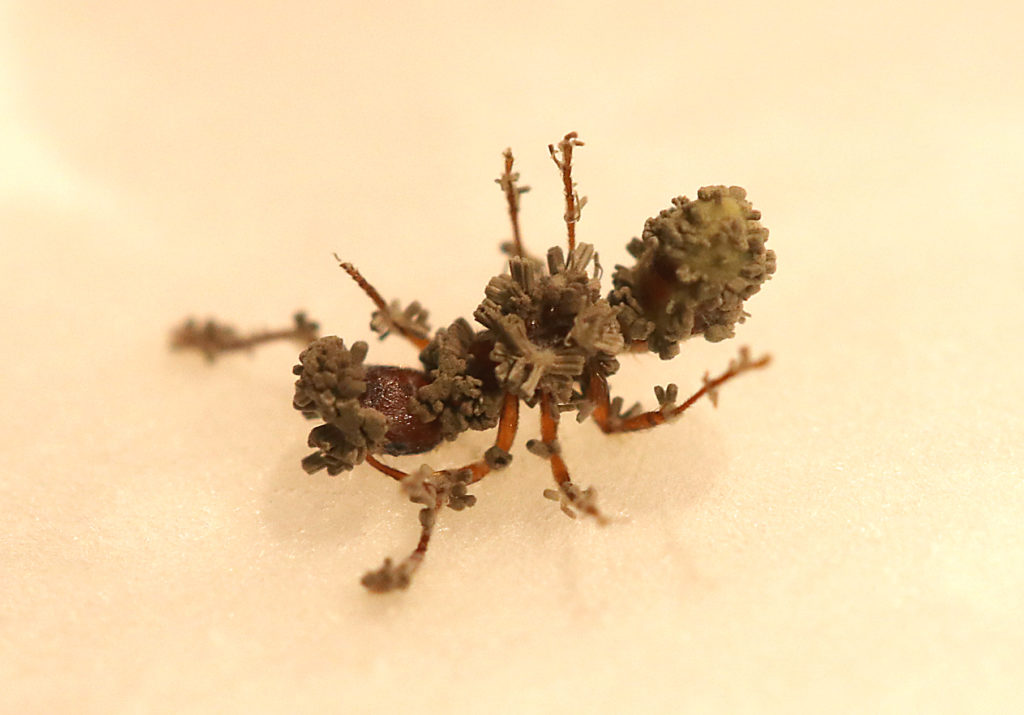

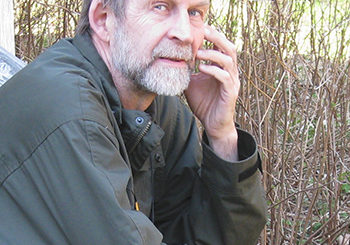
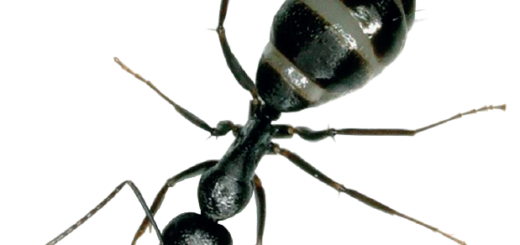
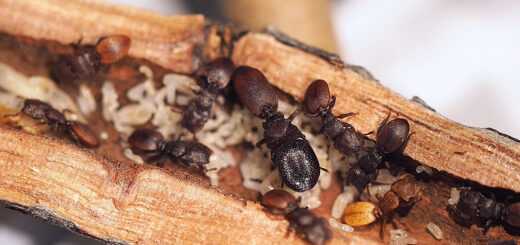
Recent Comments